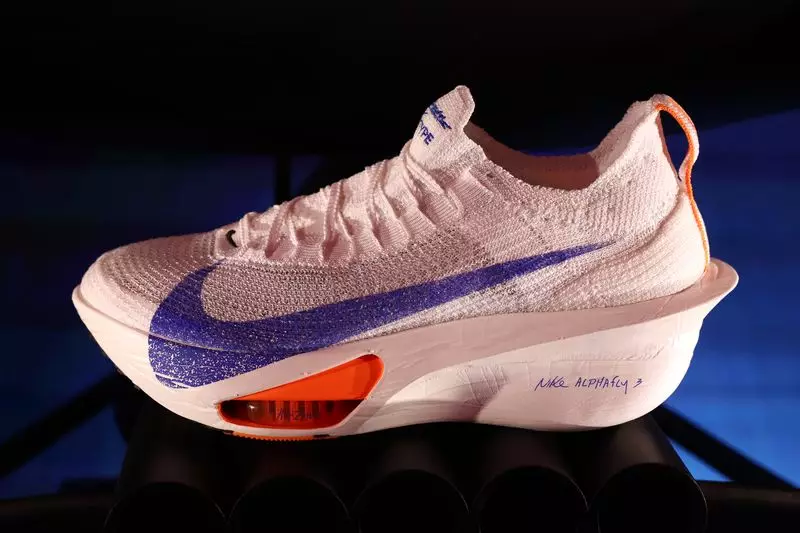Nike, the renowned sportswear brand, has recently encountered a turbulent phase that has jolted its stock performance and shaken investor confidence. Following a quarterly earnings report that initially beat forecasts, the company’s shares experienced a sharp decline as the forecasts for the upcoming quarters provided a sobering reality check. The Beaverton-based giant is grappling with intense competition in the sportswear industry, leading to predictions of a low double-digit decline in revenue for the upcoming quarter. Analysts, who had anticipated a more modest decrease of 7.65%, were taken aback by the company’s projections, suggesting that uncertainty looms over Nike’s financial recovery.
In response to these challenges, Nike has undergone a significant leadership transition with the appointment of Elliott Hill as the new CEO. Hill, who has a long-standing history with Nike, acknowledged that the company has strayed from its core focus on sports. During his first earnings call, he emphasized the importance of reestablishing the brand’s connection to athletics and reinstituting premium pricing strategies. Hill’s admission that regaining lost market share would entail a period of “short-term pain” reveals the tough road ahead for Nike. He recognizes that while the desire to reclaim prominence is strong, the necessary changes will not be instant.
Despite the unsettling forecast, Nike’s quarterly performance surprised many stakeholders with an earnings per share of 78 cents—significantly surpassing the anticipated 63 cents. Although the net revenue dipped by 7.7% to $12.35 billion, this decline was not as severe as analysts had feared, which contributed to a brief spike in stock prices. However, the optimism was short-lived as Hill tempered expectations for future growth. This contradiction in outcomes—a stronger-than-expected earnings report countered by cautious forward guidance—creates a complex narrative for investors, painting an unclear picture of the company’s trajectory.
One critical insight from Hill’s comments revolves around the brand’s increasing dependency on promotions and discounts, which he characterized as “far too promotional.” This over-reliance not only compromises Nike’s brand integrity but also disrupts the retail landscape and affects profits for its partners. To address this issue, Hill has initiated a strategy to rebuild retail relationships and restrict discounting practices, showcasing a commitment to long-term brand health over short-term sales spikes. By doing so, he aims to create a more sustainable business model rooted in quality and value.
To sustain its competitive edge, Nike is doubling down on product innovation. Hill has outlined plans to revitalize prominent shoe lines such as the Air Max 95, Jordans, and Pegasus—a move aimed at reigniting consumer interest. By launching several iterations of three running franchises in the upcoming year, Nike is tapping into the growing demand for specialized athletic footwear. This focused approach reflects a clear understanding of consumer preferences that favors performance and comfort, crucial elements in a crowded market where rivals are continually launching enhanced, cushioned alternatives.
The journey to rejuvenate Nike’s brand and market position is undoubtedly fraught with challenges. The newly outlined strategies by CEO Elliott Hill present a proactive approach to addressing the company’s immediate concerns and underlying weaknesses. Rebuilding retail partnerships, curbing excessive promotions, and reinvesting in core product lines are essential steps toward stabilizing the brand’s reputation and regaining consumer trust.
While the financial forecasts remain alarming, swathed in uncertainty, Nike’s response to these challenges is as significant as the challenges themselves. Whether the forthcoming strategies will suffice in turning the tide for Nike is yet to be determined, but Hill’s leadership and dedication to returning to the roots of sport might just be the catalyst the global sportswear leader needs. As investors watch closely, the actions taken today will lay the foundation for the company’s resilience in the evolving marketplace of tomorrow.

